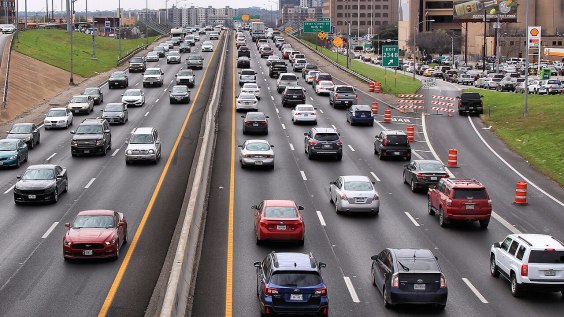
In the aftermath of a crash, we inevitably ask: How can a dangerous driver be kept off the road? It seems that the entire automobile transportation regime is aimed at keeping the driver behind the wheel. Absent impairment or flight from the scene of the crash, police quickly conclude that “no criminality is suspected.” The name of the responsible driver may be carefully guarded by police, even when the name of the victim or selective details are not. Government compels the insurance market to continue insuring the responsible driver, even if the market would consider the driver too risky to insure. The under-resourced legal system and insurance industry neglect and obstruct crash litigation, pressuring victims to simply accept whatever insurance is available without holding the driver personally responsible.
But it wasn’t always that way.
Before the advent of compulsory auto insurance laws in the 1950s, New York and most other states had “safety responsibility” laws instead. Under these laws, drivers involved in crashes had their licenses suspended until they posted a bond or demonstrated insurance in an amount sufficient to compensate the crash victim. Based on their involvement in a crash, these drivers would also be required to maintain insurance as a condition of keeping their driving privileges.
Under New York’s safety responsibility law (codified as Section 94-b of the Vehicle and Traffic Law), the crash victim had the right to directly petition the commissioner of the Bureau of Motor Vehicles for suspension of license of any driver involved in a crash causing personal injury or $25 of property damage. Absent the requisite showing of financial responsibility, the commissioner was required to suspend the license of a driver within 45 days — even if there had not been any finding of fault. At least for those drivers without insurance and financial means, this approach resulted in prompt suspension of driving privileges for drivers involved in crashes.
Though ensuring compensation of victims was clearly the primary purpose of the safety responsibility law, it also had an undeniable deterrent effect. As one New York court explained in 1942, “the penalty which § 94–b imposes for injury due to careless driving is not for the protection of the [crash victim] merely, but to enforce a public policy that irresponsible drivers shall not, with impunity, be allowed to injure their fellows.”
The shortcomings of the safety responsibility approach, compared to the modern compulsory insurance requirement, are apparent. Under the earlier approach, the first victim of a driver without insurance or means would be uncompensated, while the license of a driver able to afford insurance was protected against suspension (at least, on grounds of financial irresponsibility). Also, under a compulsory insurance regime, compensation to the victims of uninsured or hit-and-run drivers is funded with a percentage of all premiums paid, while there is no source for compensating those victims under a safety responsibility law.
Yet it is instructive that for decades New York and many other states followed a system in which the licenses of drivers involved in crashes could be automatically suspended. While the modern Department of Motor Vehicles undertakes a discretionary “safety hearing” and licensure review in most cases involving a fatality, suspension or revocation is rarely employed unless the driver faces criminal charges — which itself occurs very rarely. Improving the accountability and transparency of this DMV safety hearing process would do much to improve street justice.
How about a hybrid approach that combines compulsory insurance with the deterrent effect of the earlier regime? Given the minimum liability insurance requirements in New York State -- $25,000 for an injury, no matter how severe, and $50,000 in case of death -- a strong case can be made for grafting a safety responsibility-type requirement on top of the existing insurance laws. Under this approach, a driver who purchased the minimum insurance (or no insurance at all) would be required to post a bond for their potential liability or give up their driver’s license.
Steve Vaccaro is an attorney with the Law Office of Vaccaro & White.




